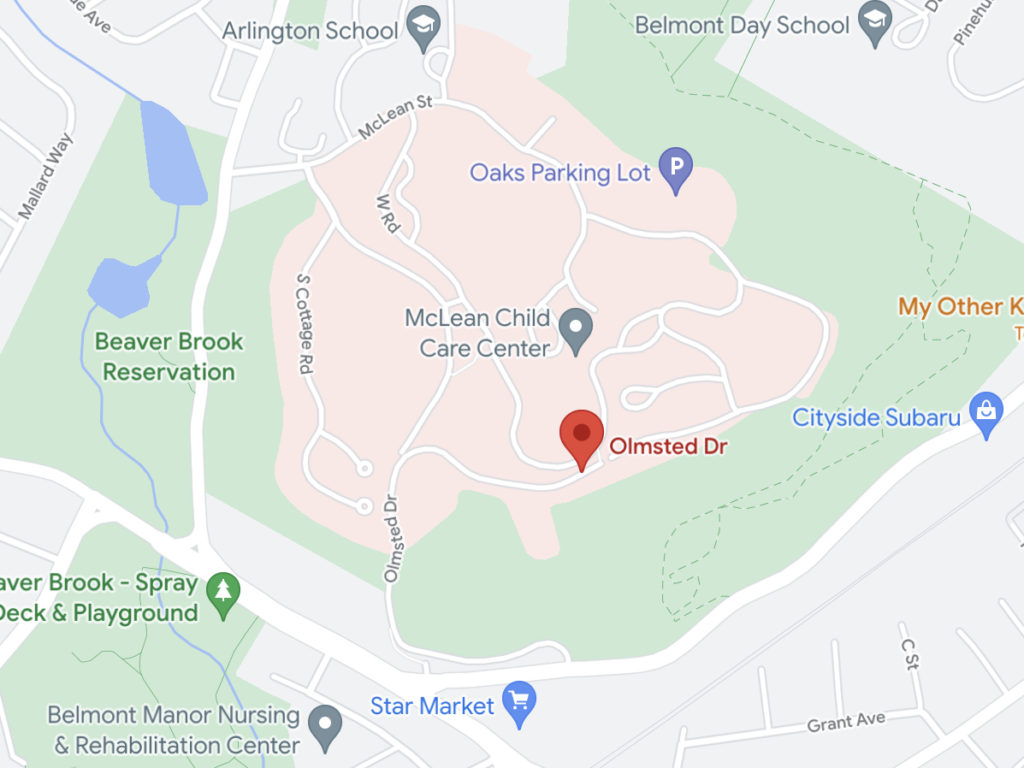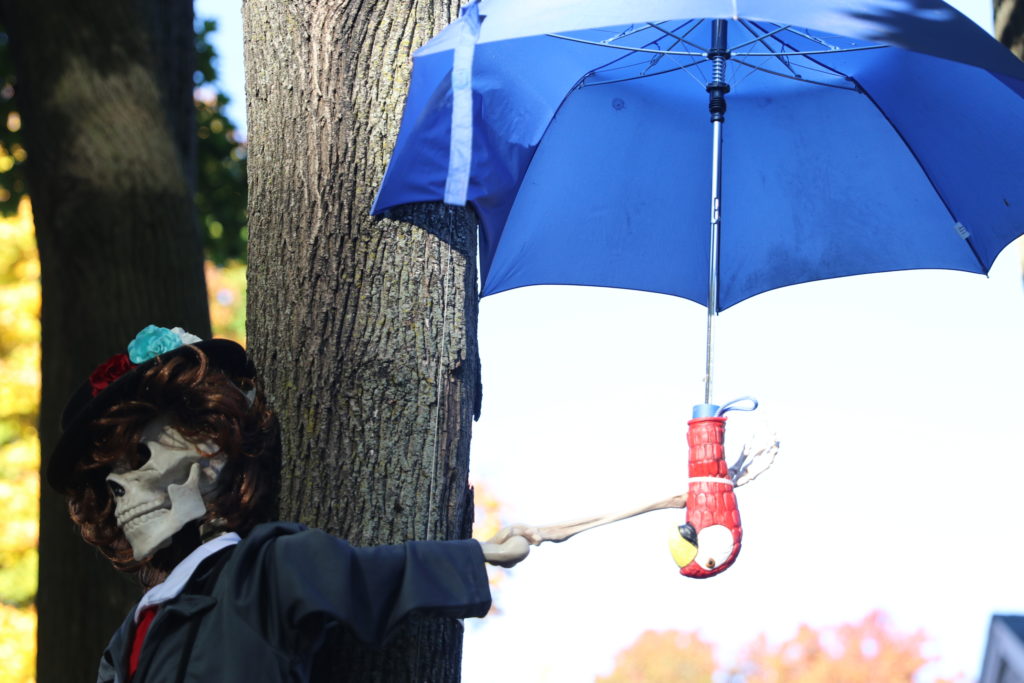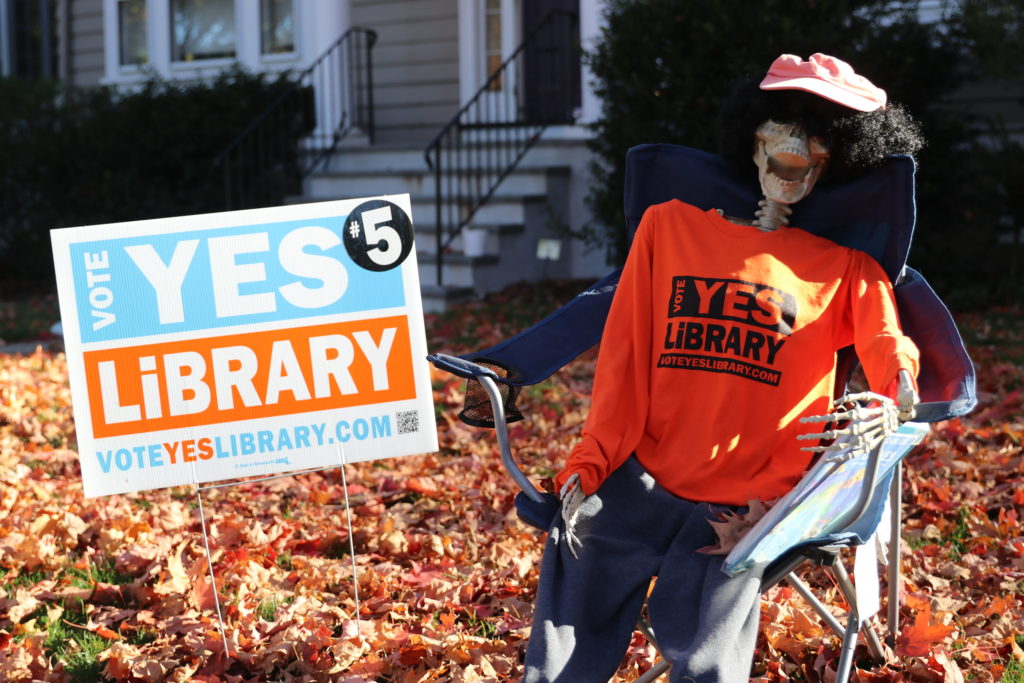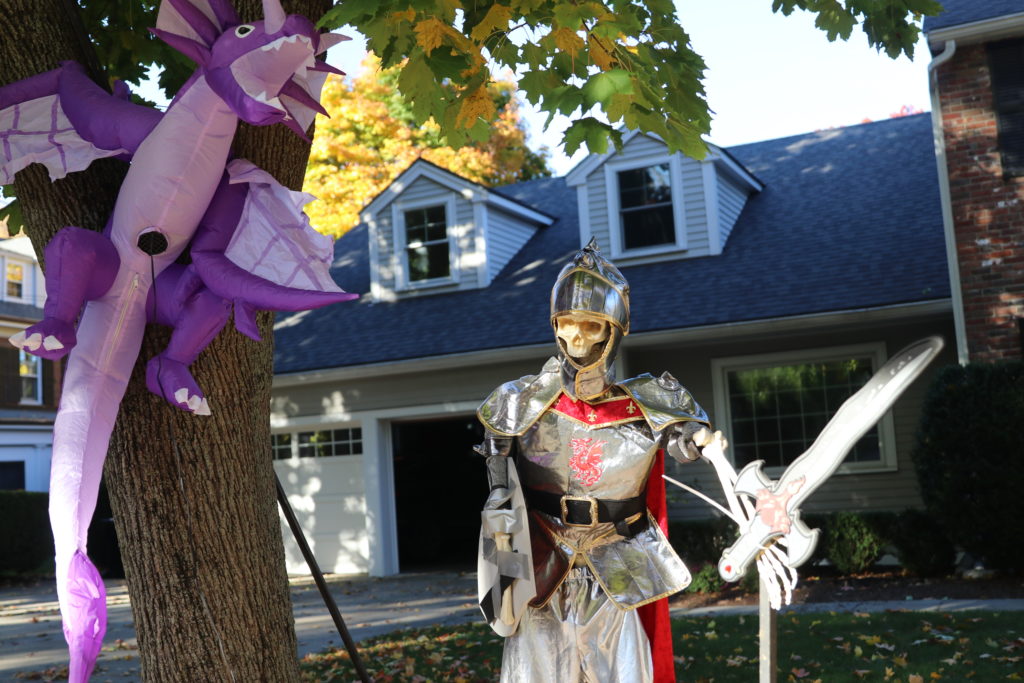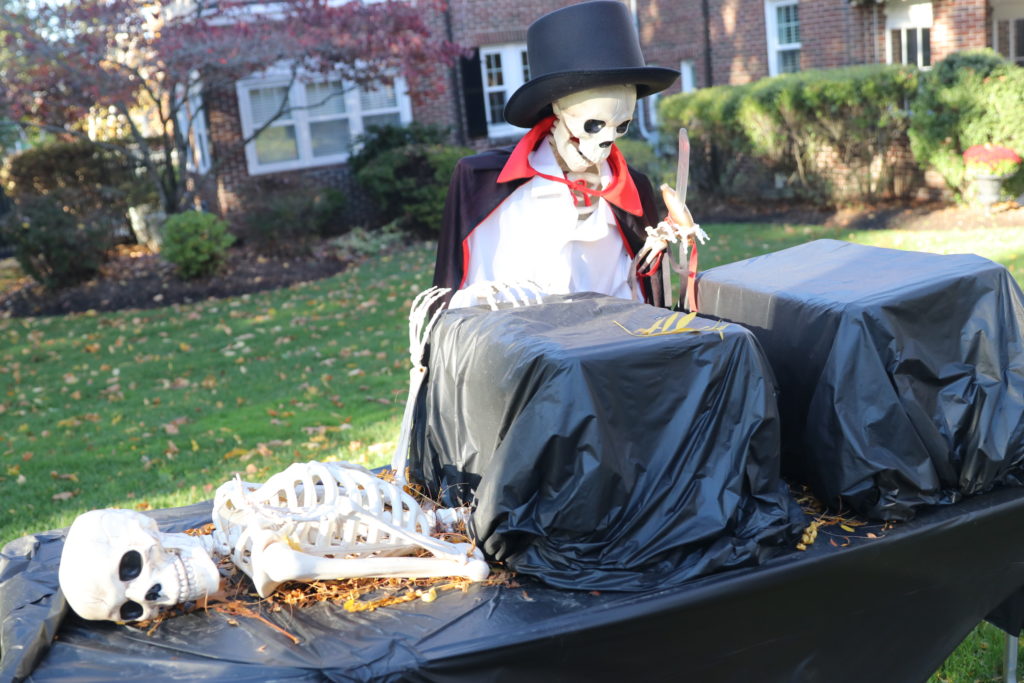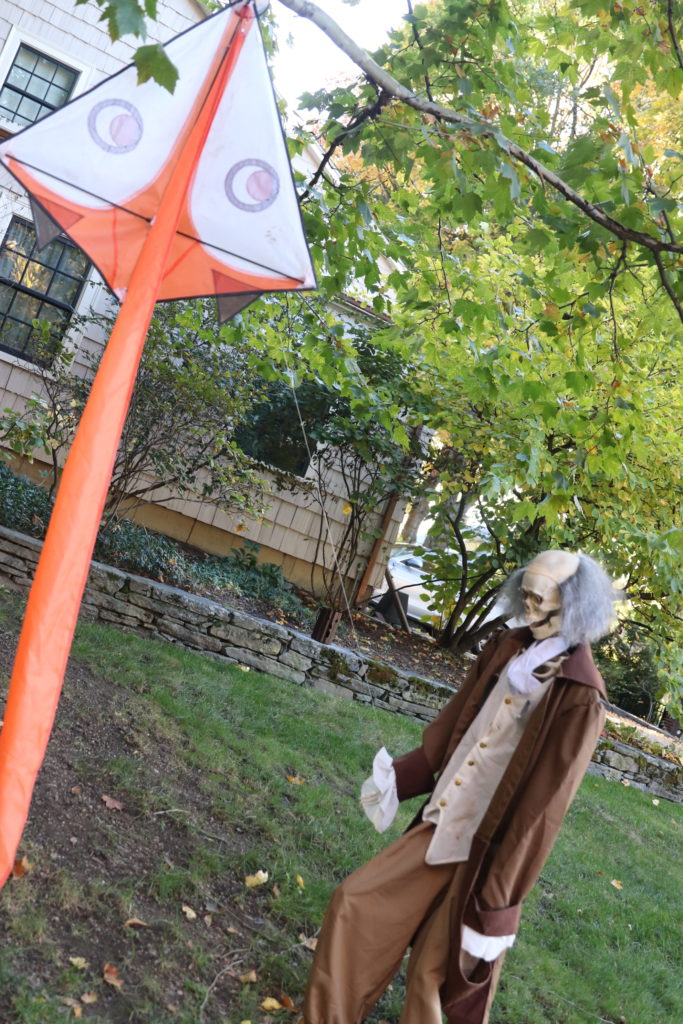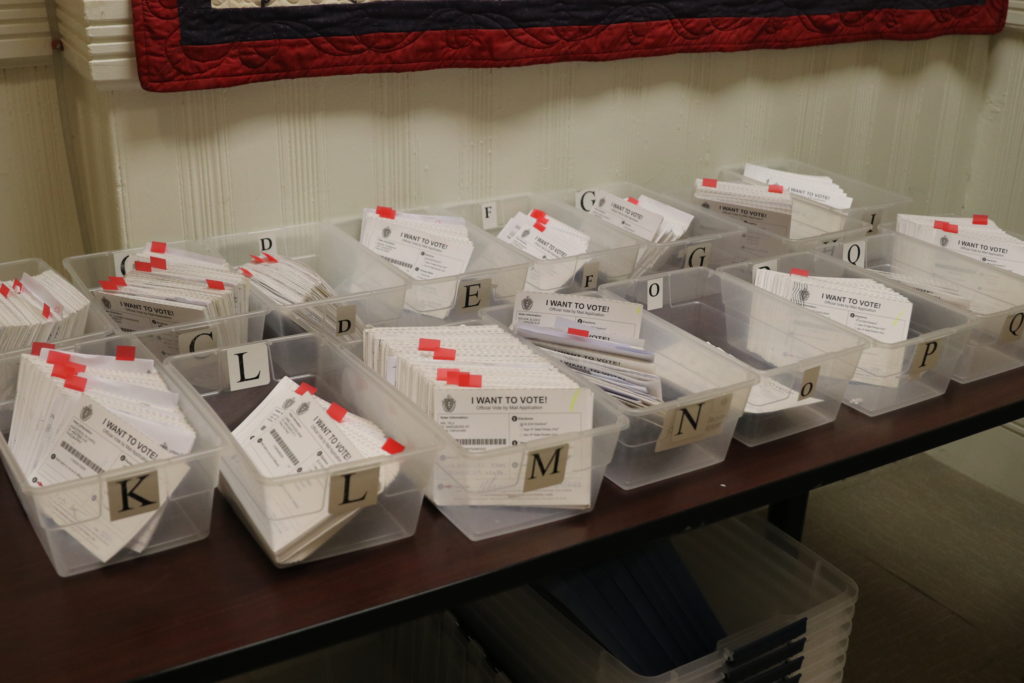Photo: Belmont Police investigating shooting on Olmsted Drive
Two people were likely shot Monday afternoon in an Olmsted Drive parking lot and are being treated at area hospitals, according to a Belmont Police press release.
The preliminary investigation indicates this was not a random act of violence, according to police.
The police as of 8 p.m. continue to investigate what they are calling a “possible shooting” after finding evidence at the scene and learning that two possible gunshot victims were being treated at local hospitals, said Belmont Police Chief James MacIssac.
The press release said Belmont officers responded to a pair of 911 calls reporting shots were fired in a parking lot off Olmsted Drive around 5:20 p.m. Police found spent shell casings and a magazine but no victims or suspects. Olmsted Drive is the location of Waverley Woods apartments.
After an investigation, police learned two possible victims with gunshot wounds were being treated at local hospitals.
Anyone with information on this incident is asked to call Belmont Police at 617-484-1212.
More to come.
